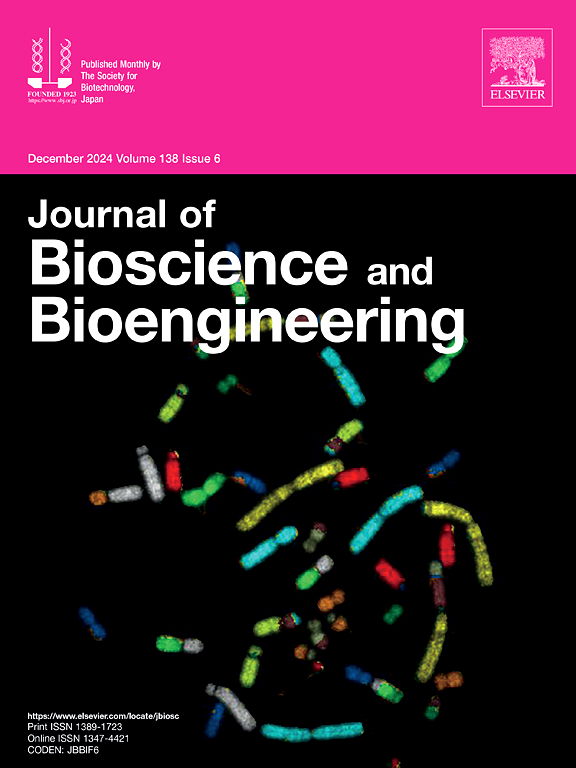Early-stage transplant responses in miniature-liver implants based on decellularization-recellularization technology
IF 2.9
4区 生物学
Q3 BIOTECHNOLOGY & APPLIED MICROBIOLOGY
引用次数: 0
Abstract
Decellularization and recellularization can help address the gap between organ demand and availability. Although several whole organ engineered liver constructs have been reported, they are unable to maintain long-term function. Additionally, the effect of the early stage on cells after implantation is not described in detail. To better understand which factors affect initial cell viability, we inoculated primary hepatocytes into a miniature recellularized liver (RCL). In this study, RCL grafts based on the decellularized right lobe of a mouse were populated with 1 × 107 primary hepatocytes of rat (PRH) origin. The scaffolds exhibited spatially uniform decellularization and good collagen retention in vitro. Once repopulated and implanted into the mesentery, hepatocyte-specific function was confirmed in PRH grafts (Alb, 40 %; Hnf4a, 150 %) after 24 h, with apoptosis (Casp3) and cell–cell interaction (Tjp1) markers comparable to freshly isolated cells. Despite these positive results, we observed hypoxic conditions in the graft based on Hif1a expression, which leave room for improvement in the future. We believe that these findings will help future researchers understand the primary cell behavior of bioengineered liver constructs in vivo.
基于脱细胞-再细胞化技术的微型肝植入物早期移植反应。
去细胞化和再细胞化可以帮助解决器官需求和可用性之间的差距。尽管已经报道了几种全器官工程肝脏结构,但它们无法维持长期功能。此外,早期阶段对细胞植入后的影响没有详细描述。为了更好地了解影响初始细胞活力的因素,我们将原代肝细胞接种到微型再细胞化肝脏(RCL)中。在这项研究中,基于小鼠右叶去细胞化的RCL移植物填充了1 × 107个原代大鼠肝细胞(PRH)。该支架在体外表现出空间均匀的脱细胞和良好的胶原保留。一旦重新填充并植入肠系膜,PRH移植物证实具有肝细胞特异性功能(Alb, 40%;Hnf4a, 150%),凋亡(Casp3)和细胞-细胞相互作用(Tjp1)标记与新鲜分离的细胞相当。尽管有这些积极的结果,我们在基于Hif1a表达的移植物中观察到缺氧条件,这为未来的改进留下了空间。我们相信这些发现将有助于未来的研究人员了解生物工程肝脏结构在体内的原代细胞行为。
本文章由计算机程序翻译,如有差异,请以英文原文为准。
求助全文
约1分钟内获得全文
求助全文
来源期刊

Journal of bioscience and bioengineering
生物-生物工程与应用微生物
CiteScore
5.90
自引率
3.60%
发文量
144
审稿时长
51 days
期刊介绍:
The Journal of Bioscience and Bioengineering is a research journal publishing original full-length research papers, reviews, and Letters to the Editor. The Journal is devoted to the advancement and dissemination of knowledge concerning fermentation technology, biochemical engineering, food technology and microbiology.
 求助内容:
求助内容: 应助结果提醒方式:
应助结果提醒方式:


